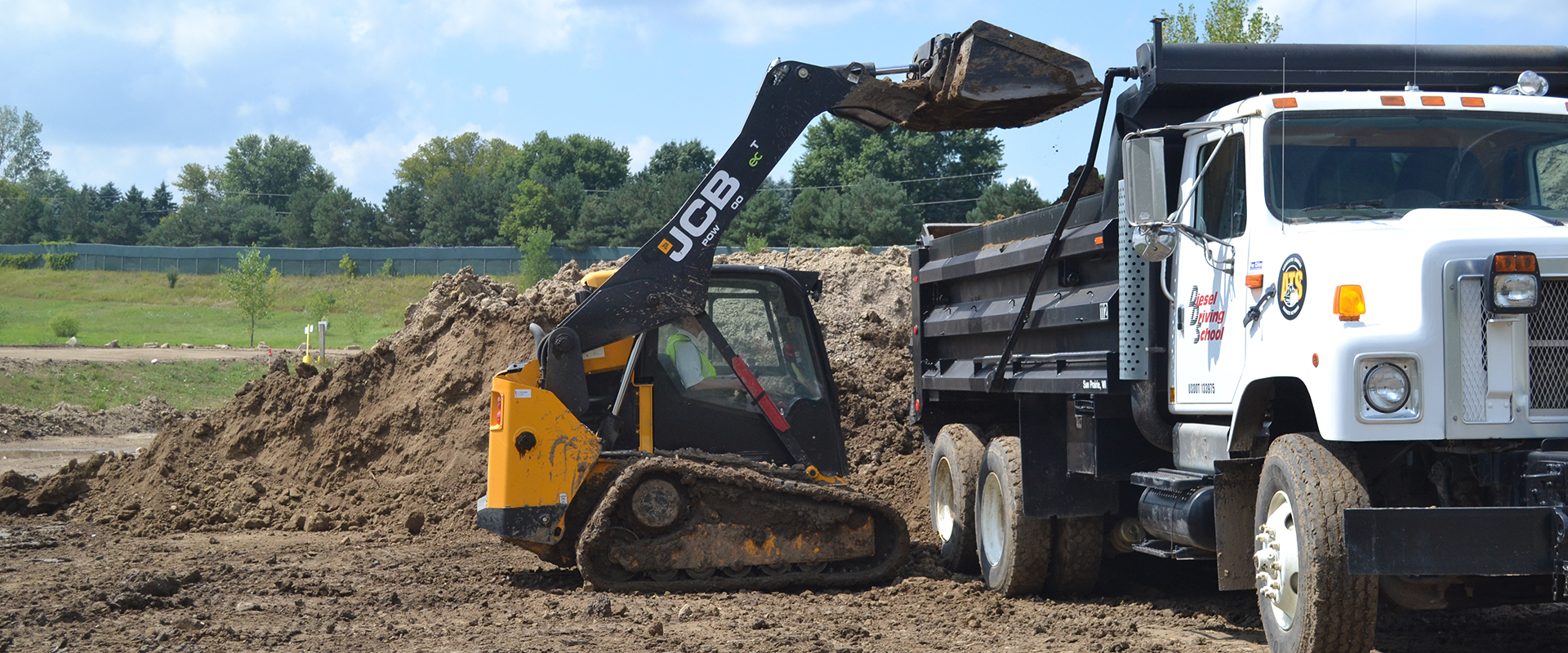Introduction:
In the world of transportation and logistics, Class-A CDL (Commercial Driver’s License) truck drivers play a critical role in keeping goods moving across the country. These skilled professionals are responsible for safely and efficiently operating large commercial vehicles, such as tractor-trailers and semi-trucks, to transport freight to destinations near and far. However, becoming a Class-A CDL truck driver requires specialized training and certification to ensure competency on the road. In this article, we’ll explore the journey of Class-A CDL Truck Driver Training its importance in the industry, and the steps involved in obtaining this valuable credential.
Understanding Class-A CDL Truck Driver Training:
Class-A CDL truck driver training is designed to provide aspiring truck drivers with the knowledge, skills, and experience needed to operate commercial vehicles safely and effectively. This comprehensive training program covers various aspects of truck driving, including vehicle operation, safety regulations, navigation, cargo handling, and maintenance. By completing a Class-A CDL training program, individuals gain the qualifications necessary to pursue a rewarding career in the trucking industry.
The Importance of Class-A CDL Truck Driver Training:
Safety is paramount in the trucking industry, given the size and weight of commercial vehicles. Proper training teaches aspiring truck drivers how to operate trucks safely, follow traffic laws, navigate challenging road conditions, and respond to emergencies. By emphasizing safety practices and techniques, training programs help reduce the risk of accidents, injuries, and fatalities on the road.Truck drivers must comply with federal and state regulations governing commercial vehicle operation. Class-A CDL training programs ensure that aspiring drivers understand and adhere to these regulations, including hours-of-service rules, vehicle inspection requirements, and cargo securement standards. Compliance with regulations is essential for maintaining the integrity of the transportation industry and promoting public safety. Operating a commercial vehicle requires a unique set of skills beyond those needed for driving a passenger car.
The Training Process:
Training begins with classroom instruction, where aspiring truck drivers learn about relevant topics such as traffic laws, safety regulations, vehicle systems, and logbook management. Classroom instruction provides the foundation of knowledge needed to pass written exams and obtain a learner’s permit.
Hands-on behind-the-wheel training is a crucial component of Class-A CDL training programs. Under the guidance of experienced instructors, aspiring truck drivers practice operating commercial vehicles in real-world conditions. They learn essential skills such as shifting gears, braking, turning, and backing up, gaining confidence and proficiency behind the wheel. Aspiring truck drivers learn how to conduct thorough pre-trip inspections of commercial vehicles to ensure they are safe and roadworthy. They learn to identify and address potential mechanical issues, check for proper cargo securement, and verify compliance with safety regulations.
Conclusion:
Class-A CDL truck driver training is a crucial step on the road to a successful career in the transportation industry. By completing a comprehensive training program, aspiring truck drivers gain the skills, knowledge, and experience needed to operate commercial vehicles safely and effectively. Training programs emphasize safety, compliance, skill development, and practical experience, preparing individuals for the demands of the job and opening doors to a world of career opportunities. With the right training and dedication, aspiring truck drivers can embark on a rewarding journey on the open road as skilled Class-A CDL truck drivers.
By investing time and effort in a rigorous Class-A CDL truck driver training program, individuals are positioning themselves at the forefront of an industry that is both dynamic and rewarding. The training serves as a stepping stone, unlocking a plethora of career pathways and opportunities for growth within the transportation and logistics sectors.
In conclusion, with the right blend of comprehensive training, unwavering dedication, and a passion for the open road, aspiring truck drivers are well-poised to embark on a fulfilling and prosperous journey as competent and respected Class-A CDL truck drivers. It is a profession that offers not just a job but a lifestyle, filled with challenges, adventures, and endless opportunities for personal and professional development.





